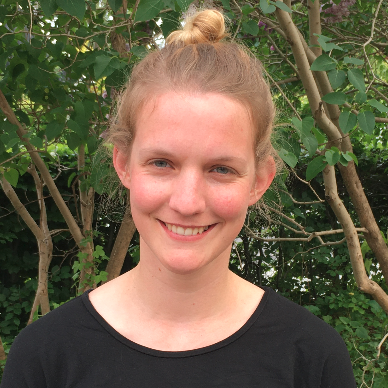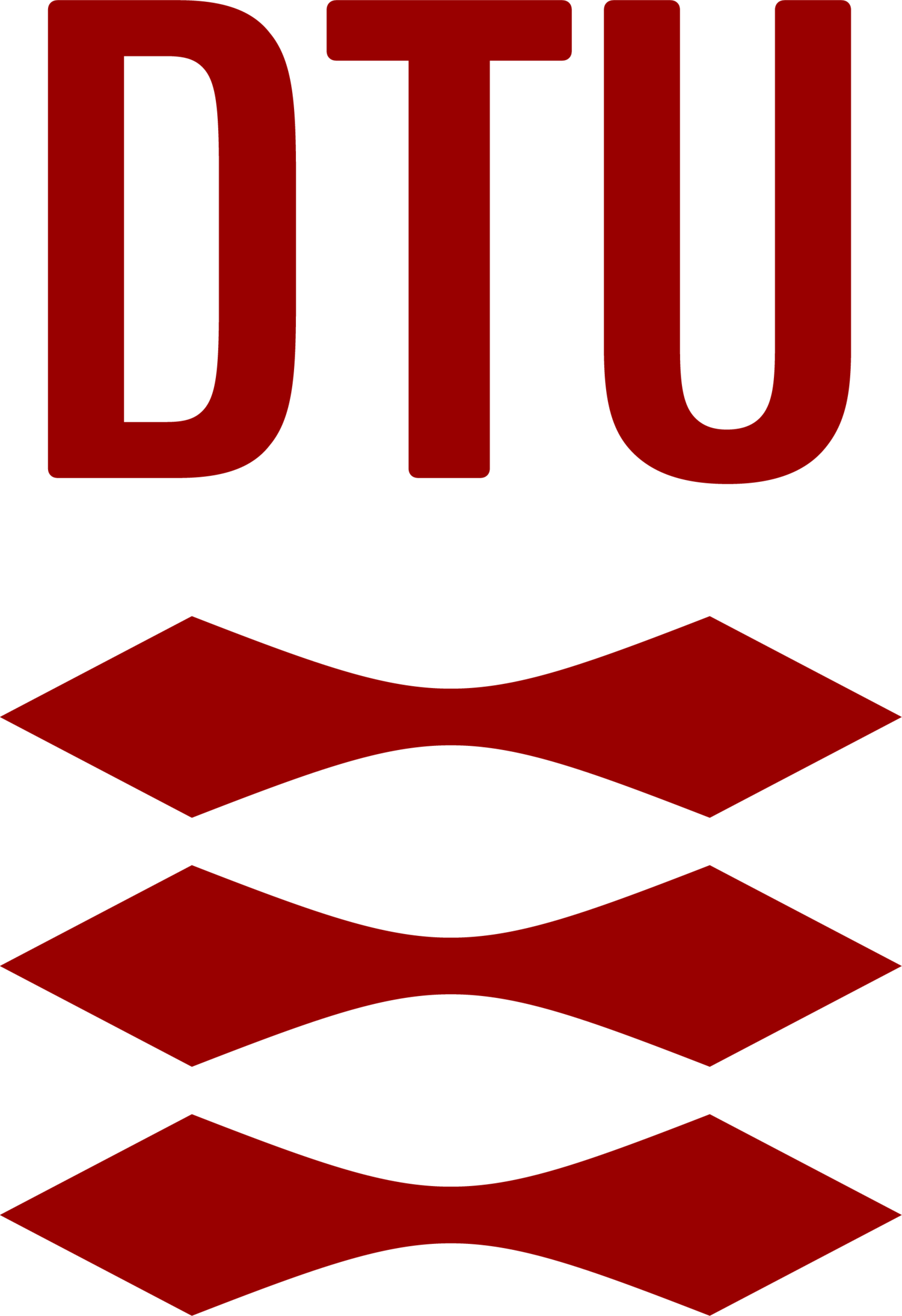Real-Time Joint-Stem Prediction for Agricultural Robots in Grasslands Using Multi-Task Learning
Published in MDPI Agronomy, 2023, 2023
Autonomous weeding robots need to accurately detect the joint stem of grassland weeds in order to control those weeds in an effective and energy-efficient manner. In this work, keypoints on joint stems and bounding boxes around weeds in grasslands are detected jointly using multi-task learning. We compare a two-stage, heatmap-based architecture to a single-stage, regression-based architecture—both based on the popular YOLOv5 object detector. Our results show that introducing joint-stem detection as a second task boosts the individual weed detection performance in both architectures. Furthermore, the single-stage architecture clearly outperforms its competitors with an OKS of 56.3 in joint-stem detection while also achieving real-time performance of 12.2 FPS on Nvidia Jetson NX, suitable for agricultural robots. Finally, we make the newly created joint-stem ground-truth annotations publicly available for the relevant research community.

 Technical University of Denmark
Technical University of Denmark